Dun & Bradstreet (also known as DNB or D&B) provides many services, but the one that is relevant to retail vendors is their service which provides commercial data to businesses on credit history. They provide credit ratings for companies.
And just like with personal credit scores, DNB scores can go up and down based on your history. Plus it takes time to build. So yes, they are basically the "Equifax for companies".
Misinformation exists about whether you need to pay to manage your D&B credit history and score. The answer is NO.
There are two DNB websites and it is really confusing to know which website to go to when you are looking to manage and build your credit score. One of their websites will try to sell you this service. Aggressively. They position it as a concierge service. But whatever you do - do not pay. You should never have to pay DNB a dime to work with any retailer.
Instead, work to establish and build your credit history YOURSELF.
Here is how:
1. Go to https://iupdate.dnb.com (a Dunn & Bradstreet website) and find out if your business is already listed. This will also be where you find your DUNS number. Register to use IUpdate. This will allow you to confirm the information they already have on your business (crazy what they have!).
You will also be able to create a user account. Do this. This enables to you continue checking your profile and monitoring your credit score. They recommend checking your score monthly.
2. On iupdate.dnb.com, upload financial statements and submit company information. A peer advised me, "Give them everything they ask for. Sing like a canary". She's right. The more you enter, the more information to boost your credit score.
3. Click on the "Investigate Payment Experience" option on your dashboard. That is DNB speak for seeing if anyone filed a complaint about late payments or unsettled invoices. If you see any "payment experiences" that you disagree with, go ahead and dispute them. They will usually come right off. Most of these claims are without merit or maybe even be misclassified. No one knows exactly. Just dispute them all. They get taken care of quickly and your score improves as a result.
4. Use "View Company Report" on the dashboard to make sure everything looks "healthy". Do this monthly. In addition, update your financial information at least 1 to 2 times per year.
Also within the "View Company Report" option is the menu item "Payment". Clicking on that will give you your Paydex score, which is your credit score. Check this monthly.
Updated 12/2/2015 8pm: I've heard from one person that they couldn't view their Paydex score and were asked to call a phone number for it...upon which they got a hard sell to pay a fee. Again, do not pay the fee! I'm looking into this so check back again for another update. For now, I share the screen I got when trying to check my own Paydex score. What did you get?
All of the above can be done in one sitting and all on IUpdate.dnb.com. It is important to do this before applying to become a Walmart vendor. I haven't heard of other retailers requiring an "acceptable" DNB score, but it's a good idea to work on this proactively, as there is little downside in doing so.
I'm told the above actions can improve your score immediately. And within a month or two, everything will be in good standing.
Lastly, ask your company's vendors (anyone you have invoiced) to call Dun and Bradstreet to report that you have paid all of your bills on time and with Net 30 payment terms. I haven't been able to confirm that this helps to improve your score. It's currently hearsay. But all indications is that the information DNB collects on you does come from vendors. So be proactive and ask your vendors to report your good payment history - in case it helps!
And remember, you should NEVER EVER HAVE TO PAY DNB for any of their services. Do the above and you'll be able to build your credit history quickly.
Update on January 2022: Since first writing this article, I have yet to encounter another retailer other than Walmart to require a DNB number or subscription. Some will ask for your DNB number but none will require you to pay DNB any money. So again, never pay a fee to DNB.



